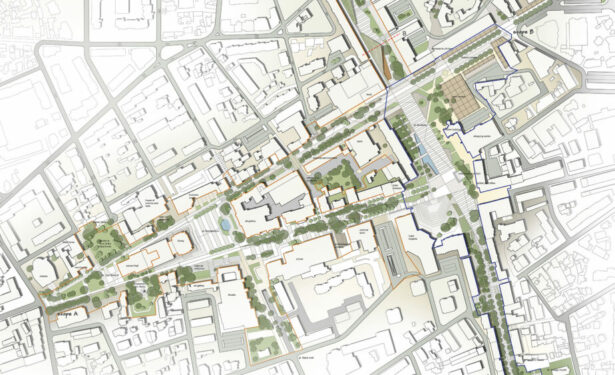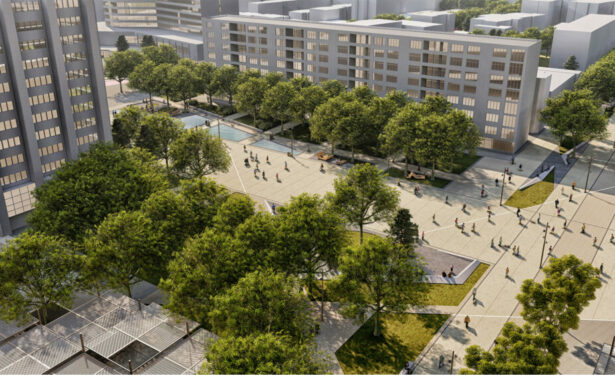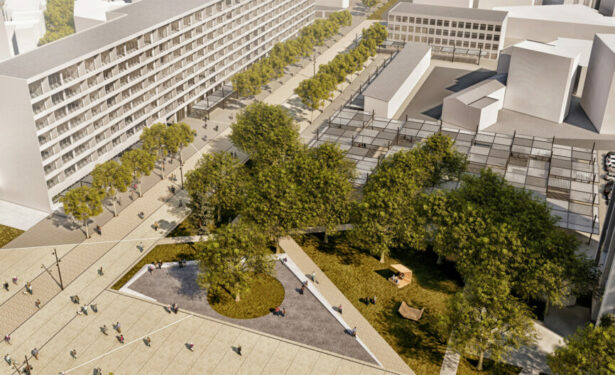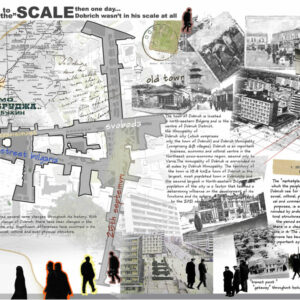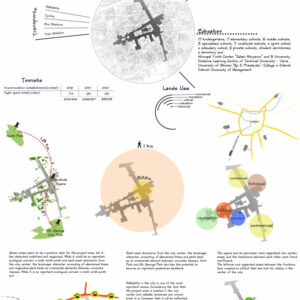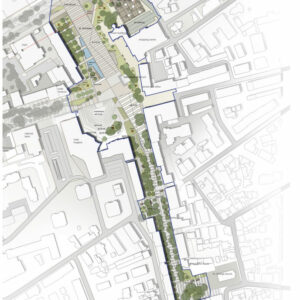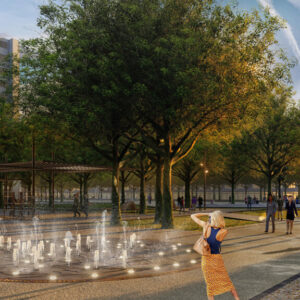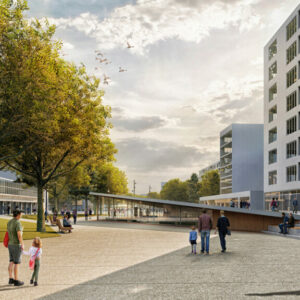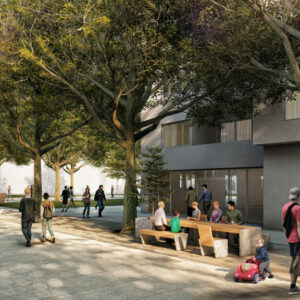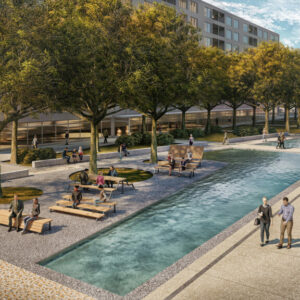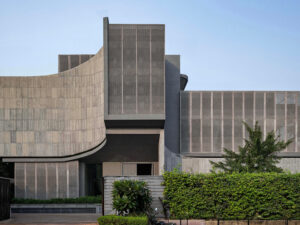- 22 Aralık 2022
- 6643 defa okundu.
3. Ödül, International Competition for the Central City Section of Dobrich
Bulgaristan’ın Dobriç kent merkezi için düzenlenen uluslararası kentsel tasarım yarışmasında Can Kubin ve ekibi 3. ödülün sahibi oldu.
Squares are defined as a part of the city whose boundaries are determined by architectural elements, which have a social function and become the accumulation point of flows from certain areas of the city and are integrated into the urban fabric within this framework.Square is a social place that houses the historical layers of the city. They can develop, change, or transform over time under the influence of various factors.In this context, the most important square of the city of Dobrich is the present-day Svoboda Square, formerly called “marketplace”.
The “marketplace”, which the people of Dobrich use for their social, cultural, political and commercial purposes, is surrounded by architectural structures of the period and there is a chadarvane in it. The chadarvane has become an important symbol of the “marketplace” and has given its name to this square over time.
Due to its location, Dobrich has been an important transit point throughout history It has been governed by many different authorities, therefore has been under the influence of many different cultures. Due to the fact that it is home to societies of various nationalities and religions, it has accumulated many cultural layers over time. However, during the wars and invasions, many architectural textures have been lost.
This situation has also caused damage to the urban identity of Dobrich.So, the city has blended with many cultures’ traditions in the historical process. However, we cannot see the transfer of this condition to the present day in the urban fabric. While the city was stratified, it was dragged into a loss of scale, and the city center and especially the “square” became undefined over time. While pursuing big scale when it was designed, many problems appear as use. The square in extra human scale starts to give people an empty feeling, lacking intimacy and comfort.People who visit the square would feel tired as well. Since the scale, as a concept in aesthetics, is a standard and judgment on the size of objective things by user, scale issue of the square and its surroundings become the main topic for the concept of design which is defined as “BACK TO THE SCALE “.
The aim was to revitalize the square as it was in the early days of Dobrich and to re-establish its connection with the old city. After reconstructing the scale in the center, subspaces and zoning of the area will fit into a more meaningful framework.It will be the reflection of how many users are attracted to the design area and the reflection of one’s impression of “the scale” on their psychology when theyare in the area. It will be an easy way to judge if it is well-designed – in proper scale.
It is envisaged that the project implementation will be completed in 3 stages, namely adaptation, design and integration. At the first stage, it is expected that the necessary expropriation decisions will be implemented and that different functions / functions will be re-evaluated, zoning changes will be made and spatial improvement interventions will be started.




